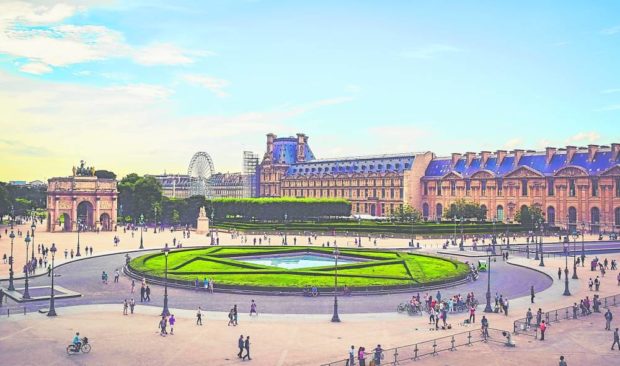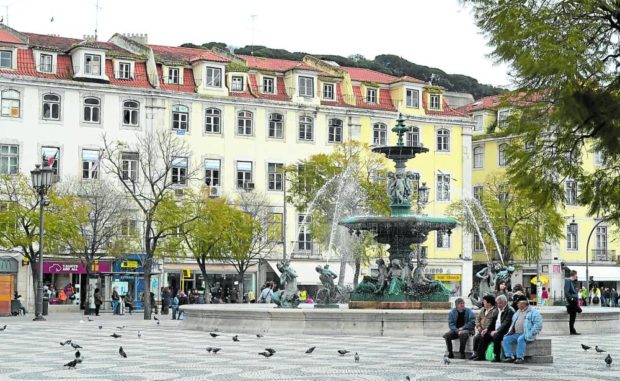The public domain

Public land or government-owned property in our city centers is a unique resource that can be optimized and utilized to further economic, environmental and social goals.
It can be used to develop much needed public housing stock, civic buildings that contribute to nation building, government centers in urban districts, or social infrastructure that helps develop communities. It can be catalysts for urban regeneration or developing new communities.
Public land presents us an opportunity to create strategic offices and commercial centers, and to provide a continuous revenue stream for the government by taking advantage of unique synergies and leveraging on the availability of institutional funding. It allows us to develop much healthier neighborhoods by allowing for greener and more open environments through the development of parks, plazas, and other public open space.
Public development of civic buildings also allows us to develop our human and social resources, enabling us to create stronger communities with libraries, hospitals, sports centers or museums.
Value of public domain
The common strategy of valuing public land in terms of land value disregards the other social and economic roles and responsibilities that fall under the public domain.
The government’s unique position to improve the economic and social standing of entire neighborhoods and communities instead of just one particular building is irreplaceable. While the private sector is obliged to pursue shareholder value and profit, government can benefit not just from directly generated profits but also from the growth and development of the tax base in the surrounding development.

The health and well-being of our people cannot be entrusted to the vagaries of capitalism, nor should we expect or demand it from private enterprise. It is the role of government to ensure that our communities can grow and prosper for generations to come, to look beyond business cycles and generate social capital for its citizens.
City of Manila
Manila is an example of a city with an incredible need for the development of public land. The densest city in the world lacks many of the basic needs of a highly developed urban society. The scarcity of available land for public utilization in our city center means that many of its old neighborhoods are left to urban decay with a debilitating inability to jumpstart renewal.

A proper identification and registration of available land owned not just by the local government, but also by other government-owned and controlled corporations (GOCCs) and public institutions would allow us to catalogue and determine possible interventions that can maximize available financial resources and the immense human capital of Manila.
The creation of dynamic centers of intense population movement and concentration will allow us to foster new avenues of growth for the city, and also alleviate the social malaise and horrible traffic conditions in much of the city.
National priority
The national priority must be one that focuses on the greater good to help facilitate strategic locations and increase revenue generation for every available urban resource. The disposal of public land further leads to imbalances that favor one private entity over another.

We must instead utilize them to generate better neighborhoods that would encourage private investment and allow for communal benefits. Civic buildings have no power to create change without the further development of public space that creates enticing neighborhoods. The public domain extends beyond land and property—it must embrace the entire socioeconomic spectrum of our urban population.
Design exploration requires the input of everyone in our community. We invite everyone to come join our explorations on the human environment.
Join us on Instagram @wtadesignstudio and @entrari
